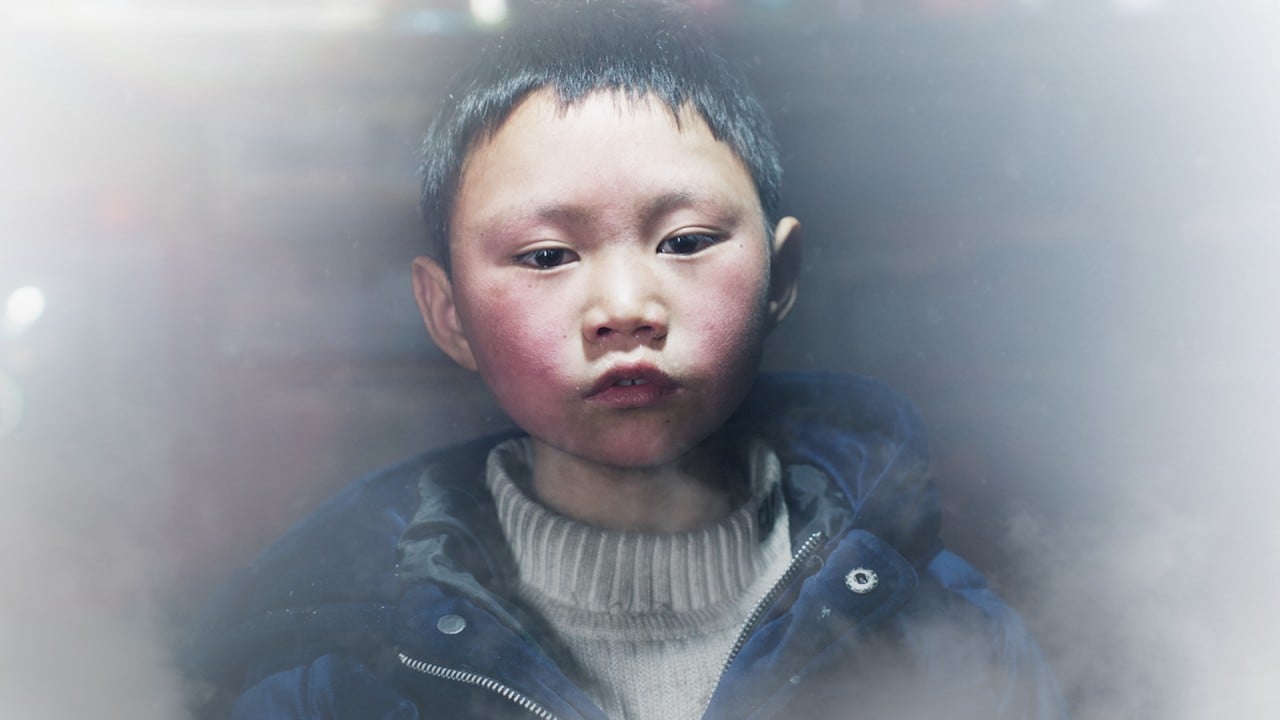
China says its plan to bring modern socialism to rural areas ‘can’t afford to fail’, as external pressures mount
- Annual ‘No 1 central document’ spells out critical importance of developing and supporting China’s poorest regions and their hundreds of millions of residents
- Strongly worded document is latest show of strength by Beijing to bolster self-sufficiency out of concerns of being strangled by other countries in key areas
“The most arduous task during China’s endeavours to build a modern socialist country lies in the rural areas,” according to the government’s “No 1 central document” released by the official Xinhua News Agency on Monday. It is the first policy statement released by central authorities every year.
Rural work has been at the heart of the central government’s annual work documents for the past 20 years. The latest one, however, sheds greater light on the fast-changing world in which China could be strangled by other countries in key areas.
“Uncertain and unpredictable factors are increasing,” the document says. “It is vital to maintain the fundamentals of agriculture, rural areas and farmers. We can’t afford to fail.”
China must be a world leader in science and tech or risk being ‘strangled’: Xi
Moving forward, authorities plan to enact a grain-security law and deepen the nation’s import-diversification strategy, according to the document.
“Agriculture, despite accounting for a small proportion of the national GDP, is the foundation of modernisation,” Liu Shouying, dean of Renmin University’s School of Economics, told state broadcaster CCTV. “Guaranteeing grain supplies is a strategic consideration, and also a security issue.”
This is not a question of whether or not it can be done, but a matter that we must do
China imported 146.9 million metric tonnes of grains – including rice, wheat and corn – last year, down 10.7 per cent from 2021. It was equivalent to 21.4 per cent of domestic production last year.
Beijing has laid out its vision of turning China into an agricultural superpower with sufficient supplies, technological equipment, industrial resilience and competitiveness.
Specifically, it has issued directives to realise a national grain output of more than 650 million metric tonnes in 2023. A new initiative has also been launched to expand grain capacity by at least 50 million metric tonnes, aiming to improve per-unit productivity through seed and technologies, and to expand farming acreage through subsidies and incentives.
“This is not a question of whether or not it can be done, but a matter that we must do. We must concentrate the necessary resources, strength and means, striving to elevate grain-production capacity to a new level as soon as possible,” agricultural minister Tang Renjian was quoted as saying by the Farmer’s Daily on Monday.
China can’t count on global markets for food security, Xi says
Respective production quotas have been allocated for local governments across the country, and officials will be held accountable for failing to meet those quotas.
Many high-profile investigations have already been made into the grain production, storage and sales process. Last week, the southwestern province of Yunnan disclosed more than 20 grain-related corruption cases.
China’s leadership has said that absolute poverty has been largely eradicated. And official data shows that the urban-rural gap has narrowed, with the average disposable income of farmers rising 4.2 per cent to 20,133 yuan (US$3,000) last year from 2021, compared with a 1.9 per cent rise for urban residents.
However, as measured by the World Bank’s 2022 poverty line for upper middle-income countries, of which China is one, around 273 million people, or 19 per cent of its population, are estimated to be below that level.
Beijing plans to enhance provincial cooperation to transplant rural labour from poor western provinces to coastal factories. The No 1 document said it will keep the labour size under the government’s anti-poverty programme at above 30 million.
Speaking at a media briefing on Tuesday, Wu Hongyao, deputy director of the office of the central leading group for rural work, vowed to create more jobs at county levels.
About 42 per cent of rural residents’ revenue comes from migrant jobs, Wu said.
“The growth rate of farmers’ income has slowed down. We must take pragmatic and effective measures, both long-run and short-term, to broaden the means to improve their income,” he added.
The National Development and Reform Commission, China’s top economic regulator, said earlier this month that it encourages the use of local manpower in local projects, in line with endeavours to keep those workers in their hometowns and earn more revenue.
China had 295.6 million rural migrant workers last year, 58 per cent of whom were employed outside of their hometowns, according to government data.


